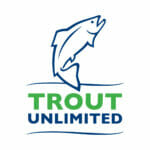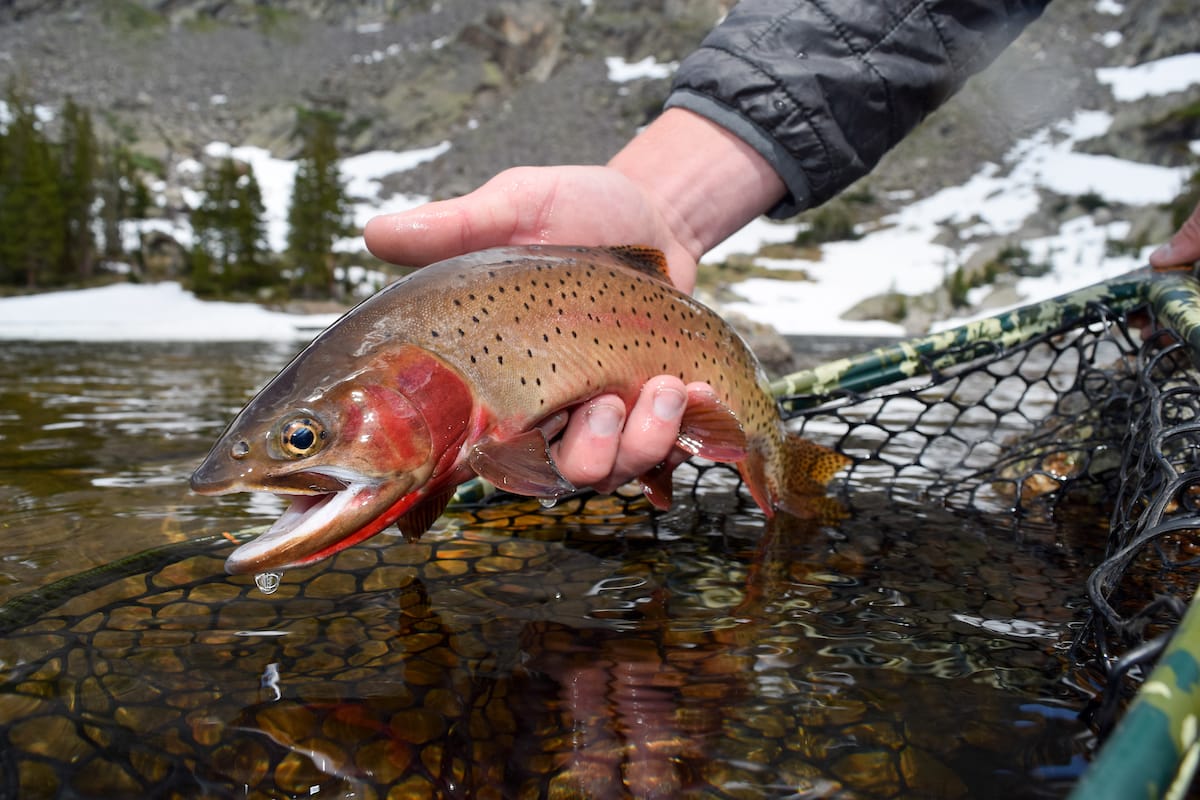Trout Unlimited is using AI, you know, artificial intelligence. No, it’s not to write this article (nor any others), and no, it’s not to enhance the photos of trout, nor salmon or steelhead (though that’s tempting). Instead, it’s for the benefit of science as well as curious anglers, which is our nature.
With TU’s recent partnership with OnWater Fish app, we’re committed to helping users connect with community and contribute to conservation. We are doing this through OnWater’s ‘Fishing Access for All’ ethos and an AI-enabled platform called TroutSpotter. Each conservation feature within the app is available for free, and new TU members will receive a free 6-month subscription to onWater+, its premium subscription, to complement their TU membership and have access to all OnWater tools and features.
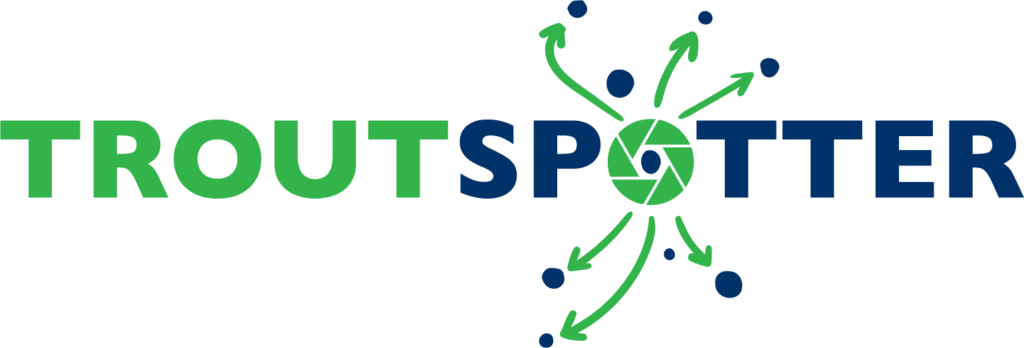
TroutSpotter
But back to the AI component. Imagine the knowledge we could demonstrate if we could identify each individual fish we caught with a simple photograph. We could know the species, get an estimate of the fish’s size, know whether the fish had been caught previously and when and where. (Though this might mean no more fish stories/lies.)
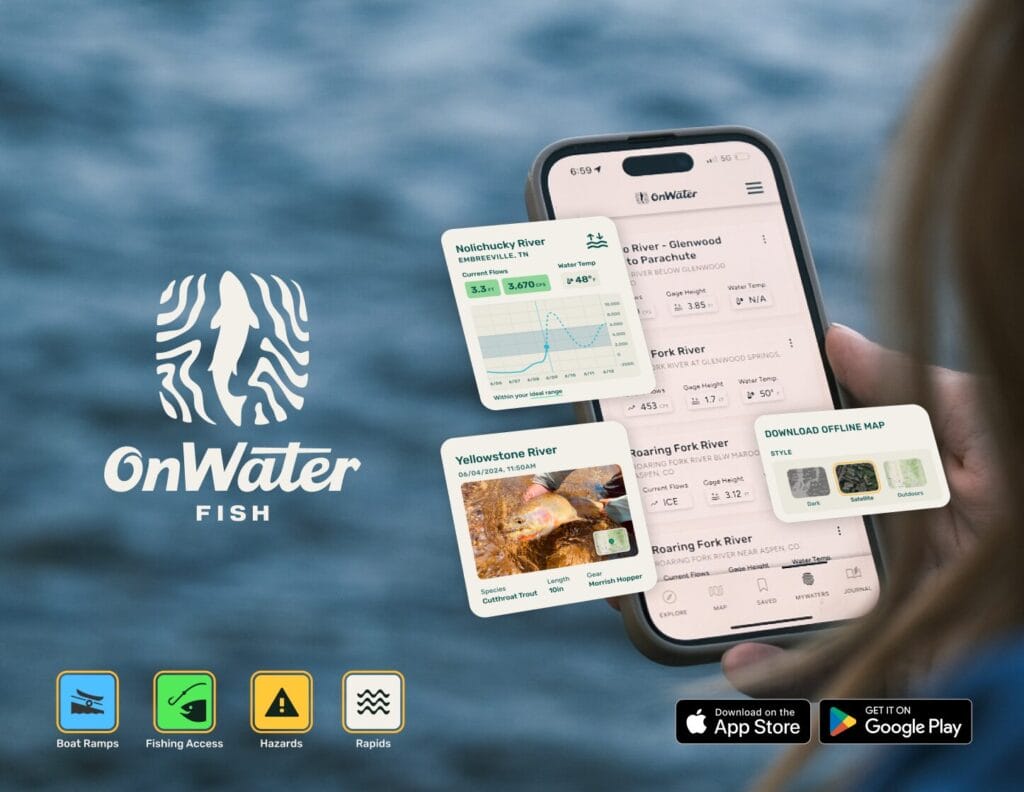
This could empower our entire community of fishers to not only have fun learning more about their fish, but it will also add data to help with science needs like estimating fish population abundance, measuring growth and movement and tracking use of different habitat types.
TroutSpotter is the first platform to identify individual trout from their spotting and body shape patterns – all from one simple photo. This technology is a revolutionary approach to fisheries science and management where fishers can become actively involved in the work of protecting our fisheries while on the water. And scientists will have access to large amounts of data that no matter how many days in the field they couldn’t capture completely.
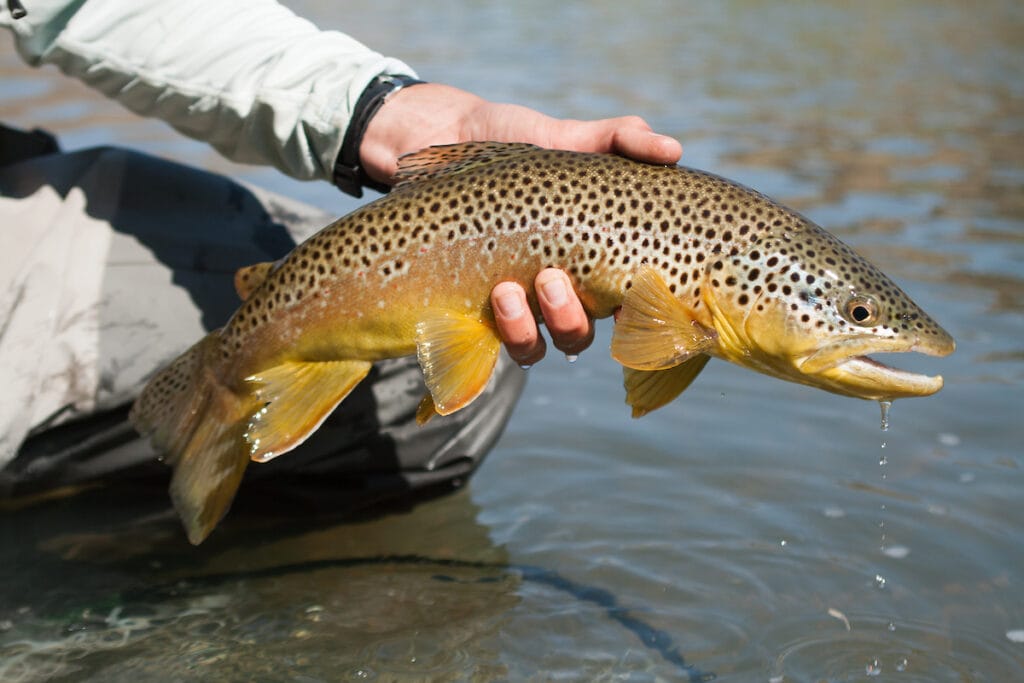
How it works
The initiative was kickstarted in 2022 with support from TU’s Coldwater Conservation Fund, TU Science, and our partners at USGS. This collaboration brought together ideas, expertise and coordination to get such an incredible tool online. Over the last year using photos from USGS, TU and the web, WildMe has been building new trout-oriented AI identification algorithms. WildMe, a research-oriented non-profit, has been at this for species all over the globe from whales to salamanders. And then OnWater developed the mobile app platform that includes their own capability for AI-driven measurements of fish size.
Soon, an angler will be able to submit a photo of the trout they catch, the photo will go directly to WildMe for analysis, and either a unique individual identification or information about the previous capture of the fish will be sent back to the angler.
OnWater also captures other information, like temperature and flows, to accompany each photo. Importantly, catch information will be generalized for the public, so you don’t have to worry about your favorite fishing hole being discovered (no spot-burning!) but the researchers and scientists can access these details behind the scenes.
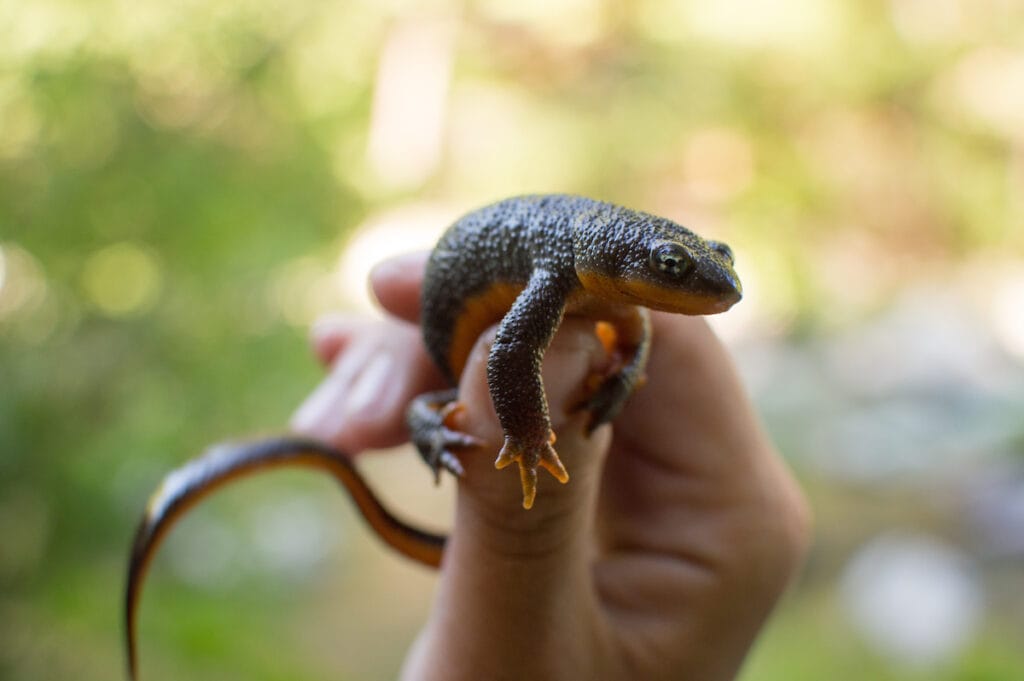
This platform will be most useful and rewarding for community science when:
- there is a useful and tractable science question to answer in an identified geography (i.e., a reasonably closed section of river with ample fishing pressure where recaptures will be likely),
- we have a clear champion on the ground (from TU, grassroots or partners) to engage users and ensure data quality and delivery, and
- there is an excited TU angling community.
For this reason, and to get the kinks out, this year we are launching the effort in four pilot sites where our on-the-ground champions are already beta testing the app and process: the Rapid River in Maine, the Deerfield River in Massachusetts, the Rapidan River in Virginia, and several rivers in Montana.
But soon, we’ll be able to open the effort up to other places where you or your chapter might have exciting questions, so stay tuned for more information.
Maybe AI will be good for fishing afterall.


